Over the last few decades, owning exotic cats has become a status symbol for some animal enthusiasts. These feline beauties range from servals and caracals to ocelots and even cheetahs. The appeal lies in their wild beauty and the thrill of having a piece of the untamed world at home. However, this trend is fraught with hidden dangers that potential owners must consider.
Understanding Exotic Cats: More Than Just Big House Cats
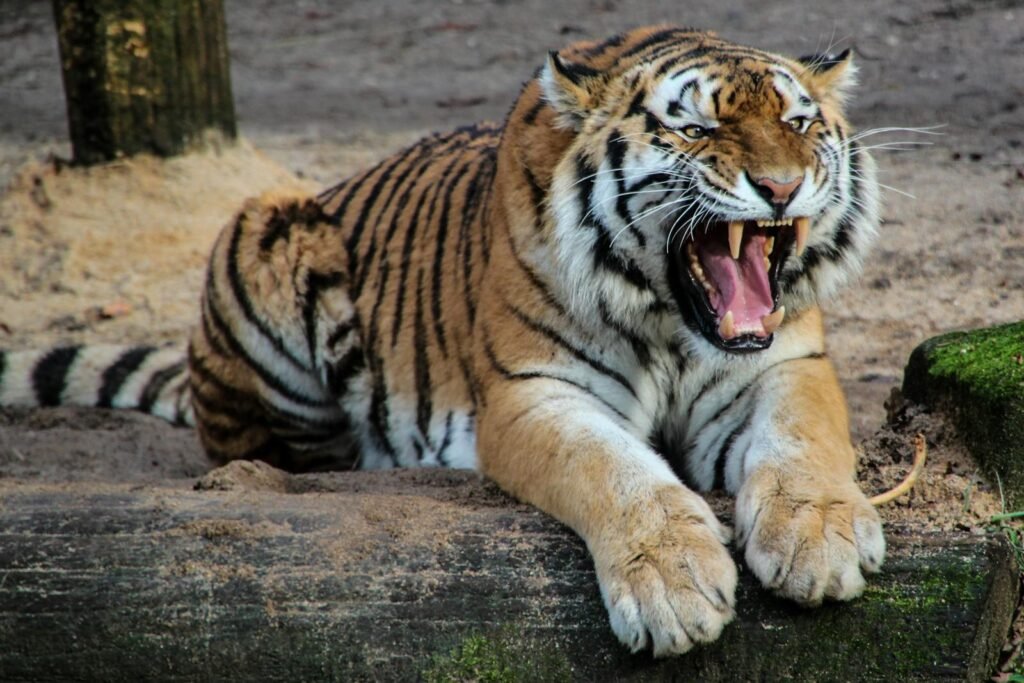
It’s essential to distinguish between domesticated cats and exotic ones. Most exotic cats are wild by nature, carrying instincts and behaviors not found in domestic breeds. They require a vastly different environment to thrive, as their needs are akin to their natural habitats, not typical households. Potential owners often underestimate their dietary, spatial, and social needs, leading to complications.
Legal and Ethical Implications

Before considering exotic cat ownership, understanding the legal framework is crucial. Laws differ significantly from one region to another, with many places making it illegal to own these animals without special permits. The ethical implications are equally profound, as supporting the exotic pet trade can contribute to harmful practices like poaching and habitat destruction. Responsible ownership begins with considering these broader impacts.
Health Risks to Humans

Owning an exotic cat poses significant health risks to both the owner and their community. Wild cats can transmit zoonotic diseases like toxoplasmosis and feline distemper, which can spread to humans and other pets. Additionally, their natural behaviors, such as biting and scratching, can result in severe injuries, which are more dangerous than those from domestic cats due to their strength and the potential for infection.
The Welfare of the Exotic Cat
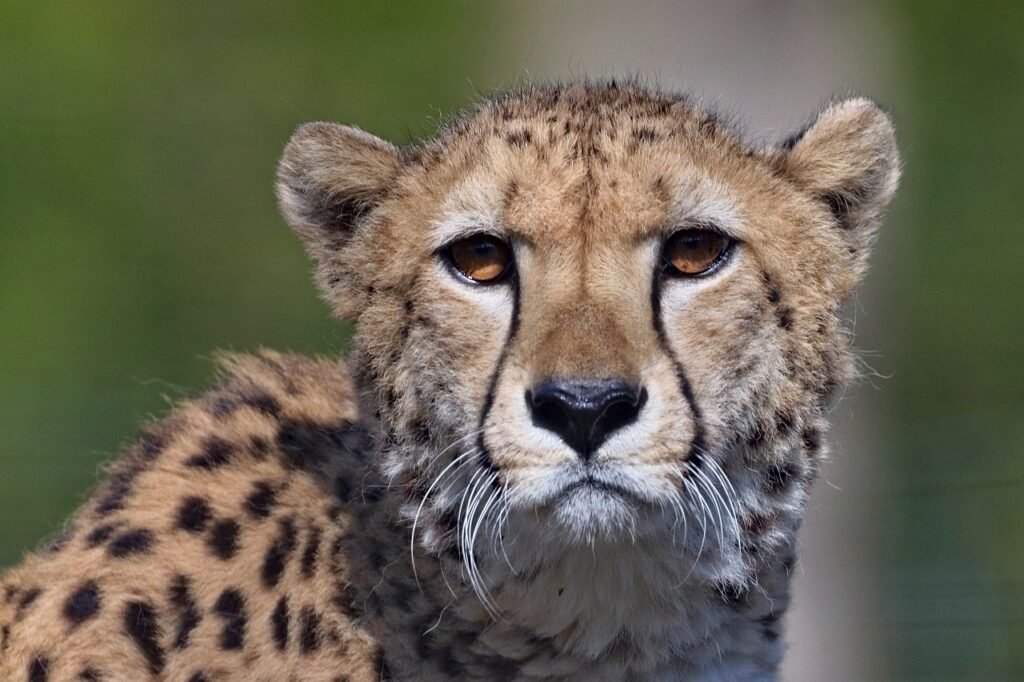
The well-being of the exotic cat should be a primary concern. Many exotic cats suffer in captivity due to inadequate living conditions that fail to meet their complex physical and psychological needs. Insufficient exercise, inappropriate diets, and lack of mental stimulation can lead to a range of health issues and behavioral problems in these animals.
Environmental Impact of Exotic Pet Trade
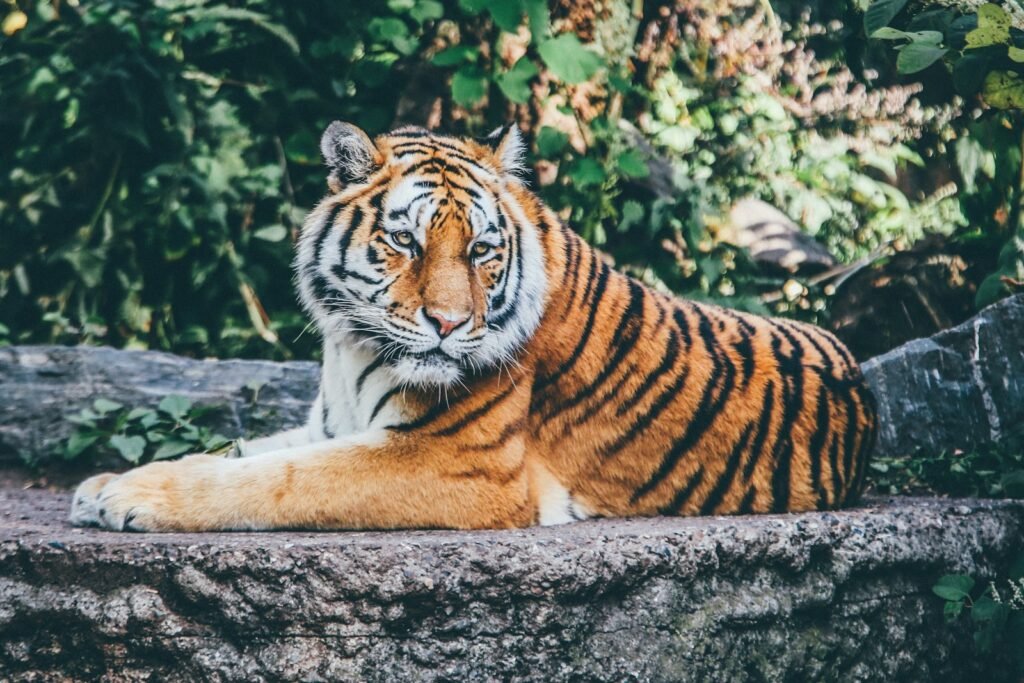
The demand for exotic cats fuels a market that often operates outside ethical boundaries. This trade impacts biodiversity, as wild populations are depleted to supply the pet industry. It contributes to the endangerment of these species and disrupts ecological balances. Responsible ownership means understanding the wider environmental consequences of this demand.
Economic Costs of Ownership

The financial commitment of owning an exotic cat is often underestimated. Beyond the initial purchase price, which can be exorbitant, maintaining their welfare is expensive. Costs include specialized diets, veterinary care, secure housing, and permits. Prospective owners must consider whether they are truly prepared for these long-term financial responsibilities.
Behavioral Challenges

Exotic cats retain many of their wild instincts, leading to behavioral challenges that most pet owners are ill-equipped to handle. These behaviors include scent marking, vocalizations, aggression, and a high need for territory. Such behaviors can strain owner-pet relationships and lead to the abandonment or surrender of these animals to sanctuaries.
Potential Solutions and Alternatives
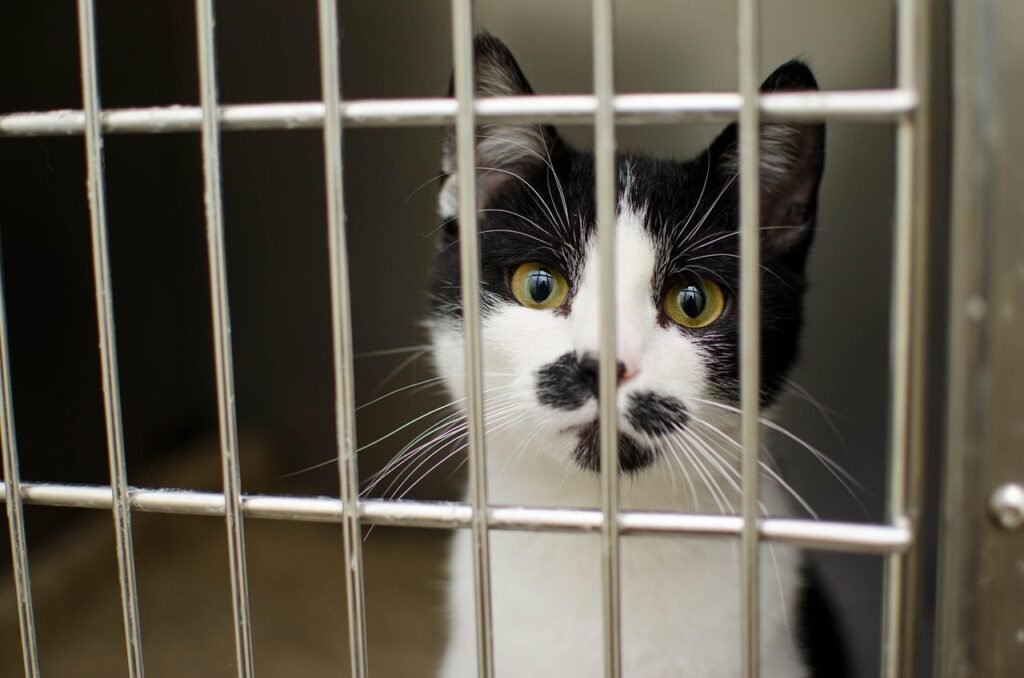
Adopting domestic cats from shelters or fostering large breed domestic cats can be fulfilling alternatives for those compelled by the charm of exotic felines. Another option is supporting conservation efforts. By contributing to wildlife preservation programs, animal lovers can help protect exotic cats in their natural habitats rather than in captivity.
The Role of Education and Awareness

Raising awareness about the challenges and dangers of exotic cat ownership is vital. This involves educating potential owners about the realities of caring for these animals and the broader environmental and ethical implications. Public education can be a powerful tool in reducing the demand for exotic pet ownership, ultimately leading to better outcomes for both humans and animals.
Conclusion: A Call for Responsible Choices
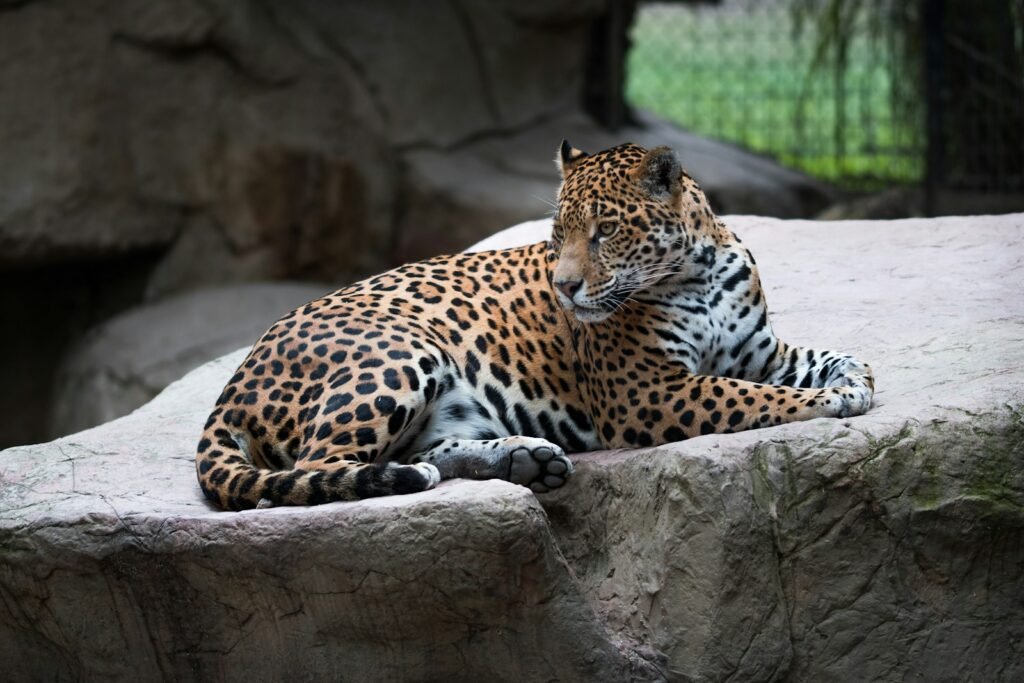
Owning an exotic cat is a significant responsibility that extends beyond conventional pet ownership. With the ethical challenges, legal constraints, and the welfare of the cat in mind, prospective owners must weigh whether they are willing to meet these demands. Ultimately, informed and conscientious decisions can help ensure that both humans and exotic cats can thrive without harm.

Growing up traveling and experiencing new cultures and wonders, I have had a passion for nature, adventuring, photography, and videography. I am currently working towards a BSc in Biodiversity and Ecology at Stellenbosch University, and I hope to specialise in Marine Sciences one day.
Please send any feedback to Feedback@animalsaroundtheglobe.com






